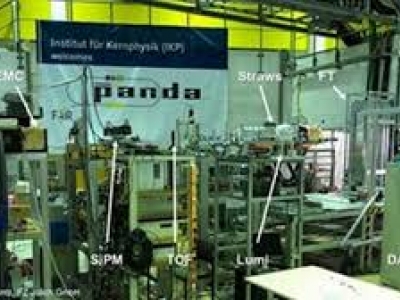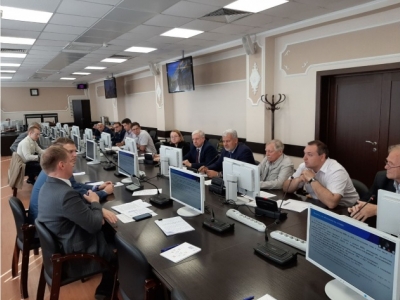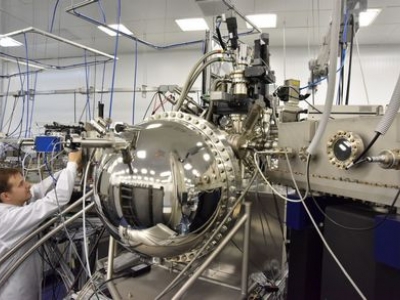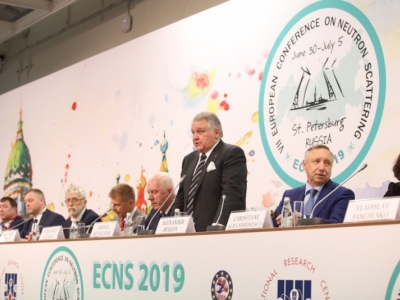Preparation for the PANDA experiment at the FAIR accelerator facility is being completed

An important stage has passed to the preparation of the PANDA experiment at NRC "Kurchatov Institute" – IHEP, which will be carried out at the accelerator complex of the Facility for Antiproton and Ion Research in Europe GmbH FAIR in Darmstadt (Germany).
A unique accelerator complex at FAIR is currently under construction in Darmstadt, Germany.
About 2500 researchers (450 from Russia) are preparing for experiments on the accelerator complex, whose overall goal is to study the fundamental properties and structure of matter and the evolution of the Universe since its inception.
One of the main experiments is PANDA. The physical program of the PANDA experiment (abbreviation PANDA stands for “Antiproton annihilation in Darmstadt”) covers a wide field of research, ranging from the study of the fundamental problems of hadron and nuclear physics to the verification of fundamental symmetries.
Beams of antiprotons will allow to study strong interaction in the most difficult kinematic area — confinement (retention of color quarks and gluons in colorless hadrons).
It is expected that the results of the study will allow to learn about the events that occurred in the time of the early Universe, which led to the existing particles and fundamental forces.
The creation of the PANDA experiment involves 450 scientists from 73 scientific organizations in nineteen countries. The main results of 2018 in preparation for the experiment were also the completion of development and the possibility of studying form factors in a time-like kinematic field and the development of electronics for detecting particles from an electromagnetic calorimeter. Important steps in preparing for the experiment are the start of manufacturing a superconducting magnet in Novosibirsk, assembling and testing one sector of a central electromagnetic calorimeter with the active participation of NRC "Kurchatov Institute" – IHEP and conducting a test session on launching detectors of the experiment on a beam in the accelerator center in Yulich (Germany).
Source (in Russian): http://www.nrcki.ru/






